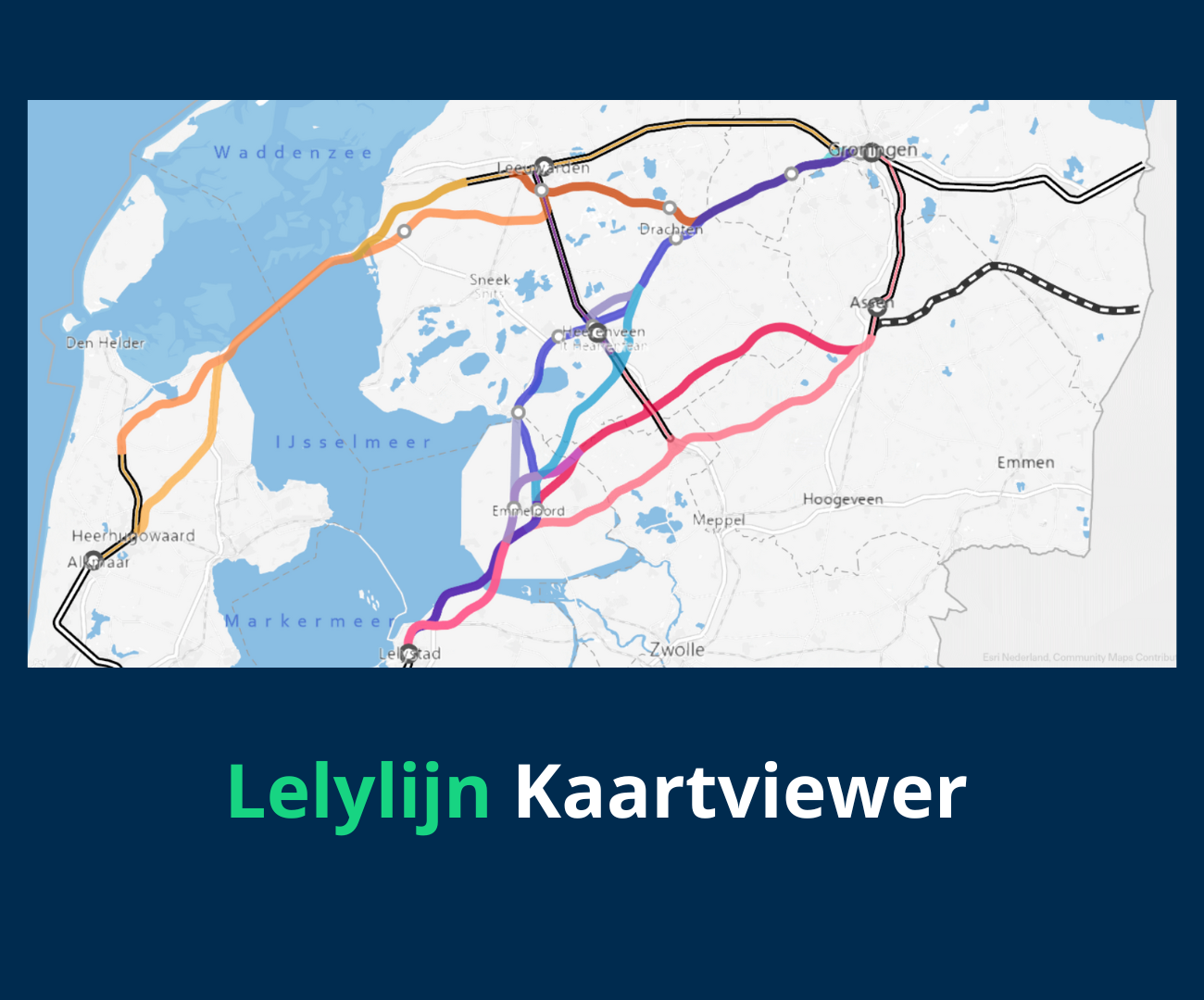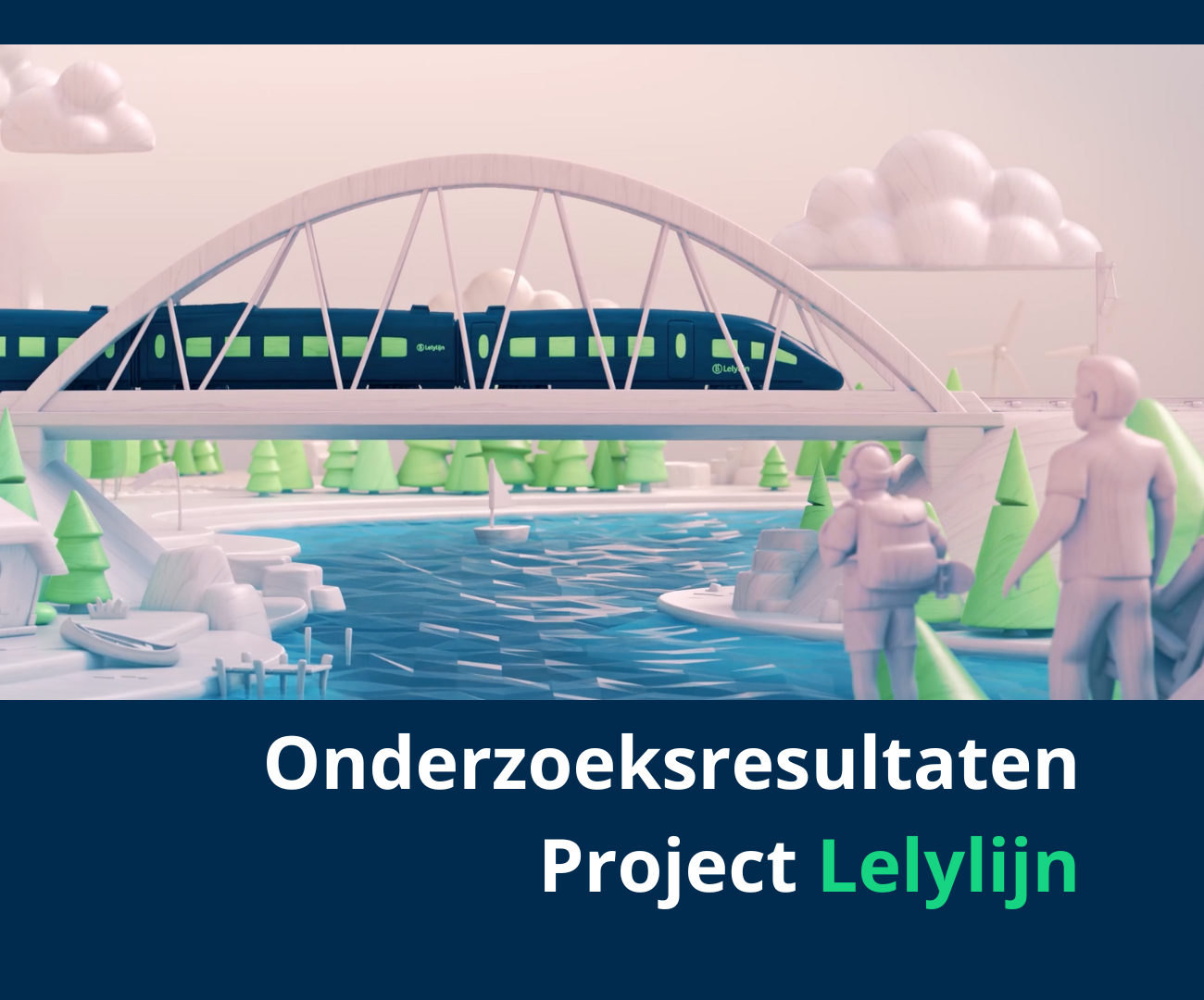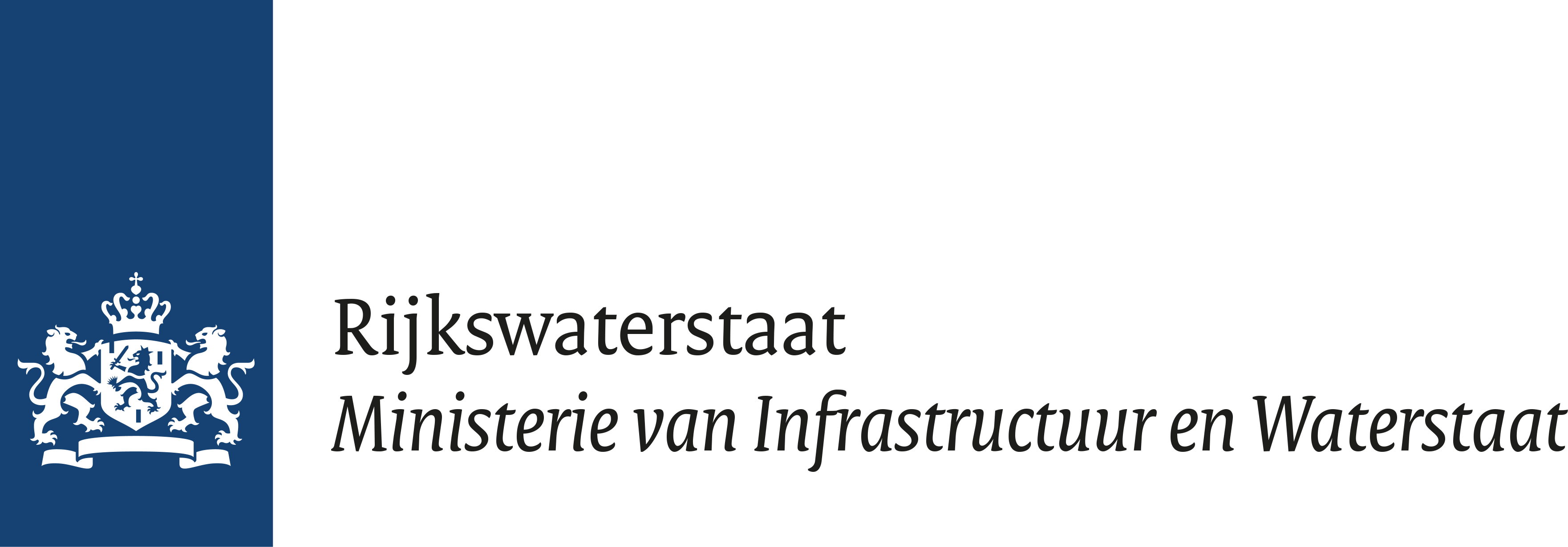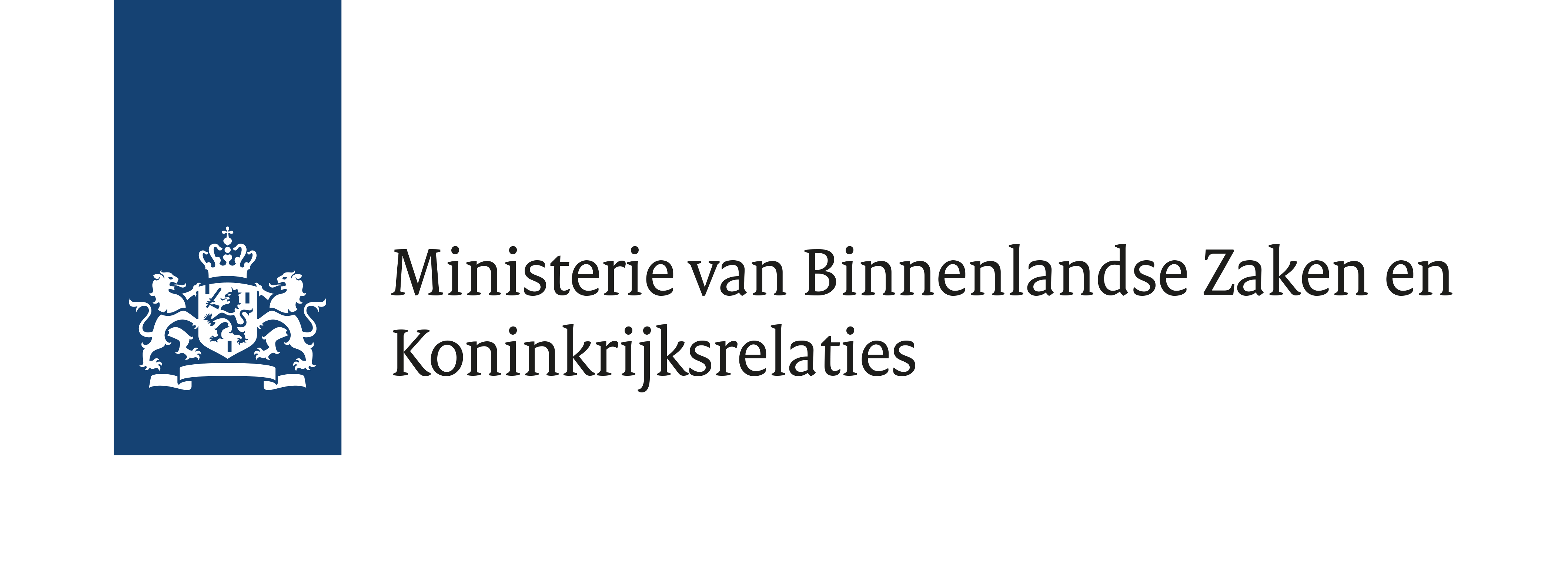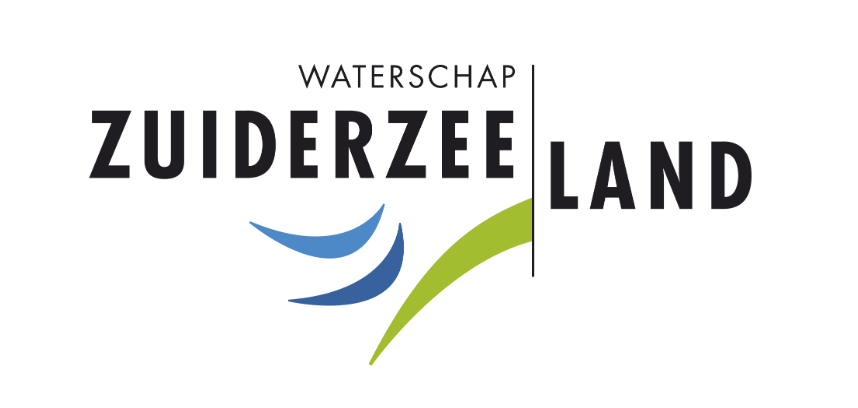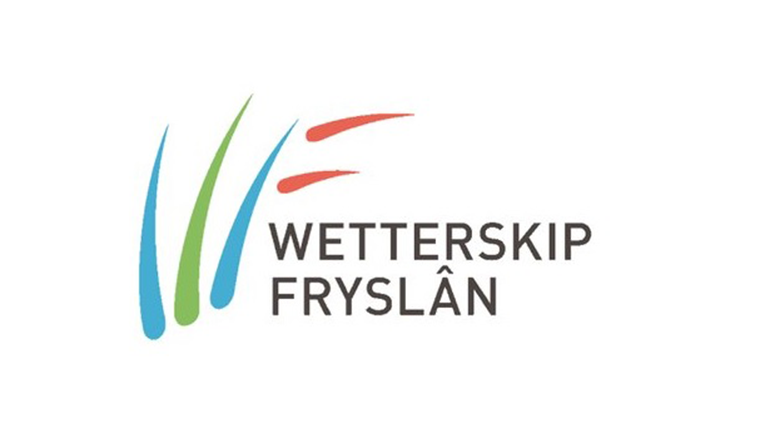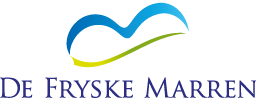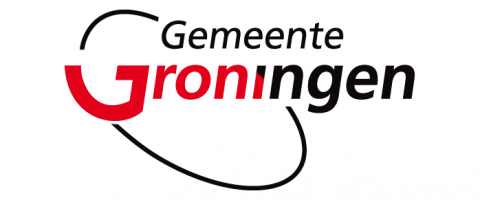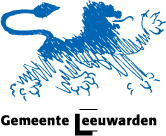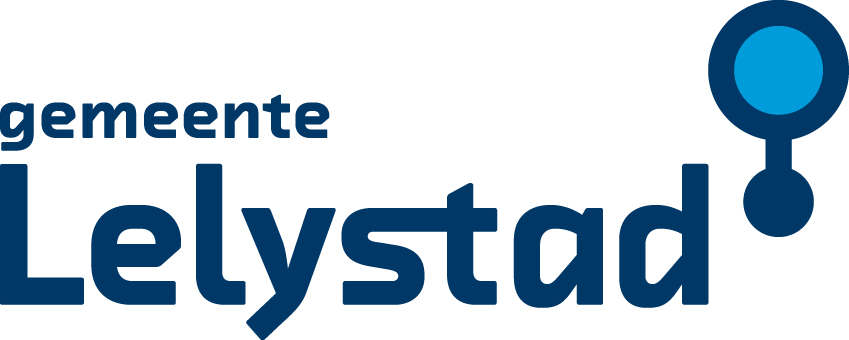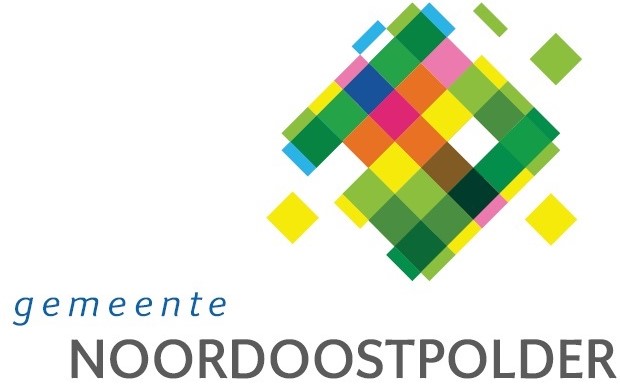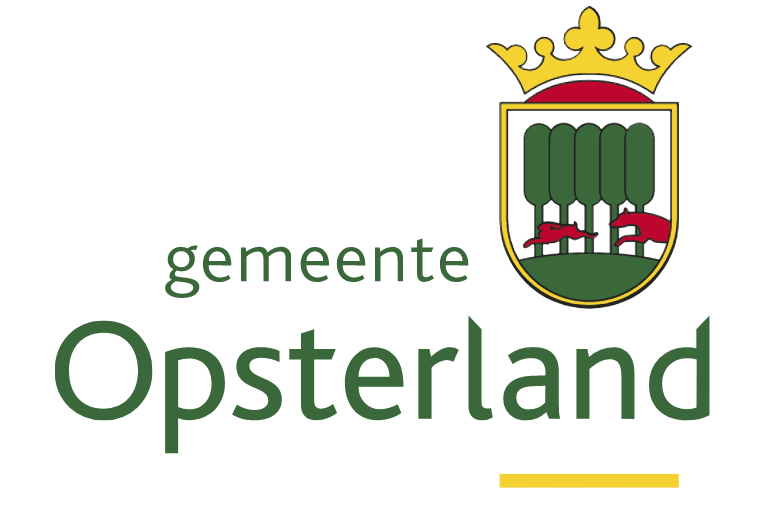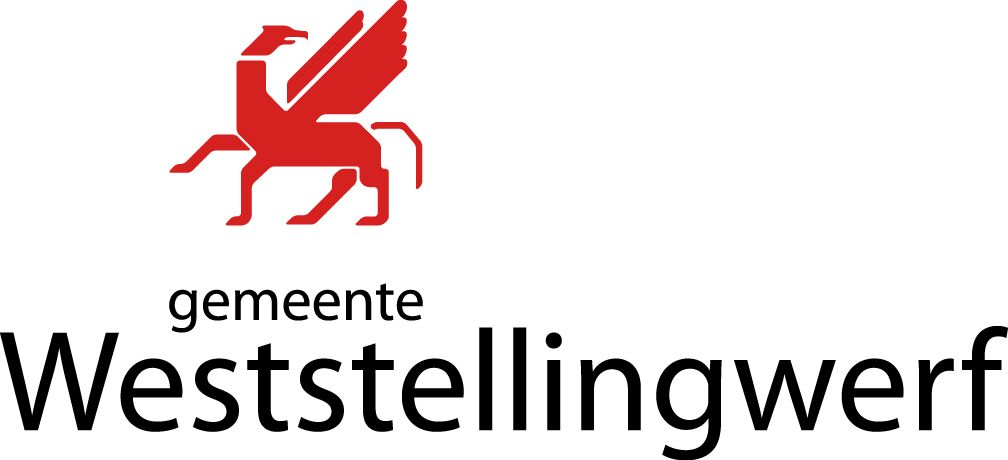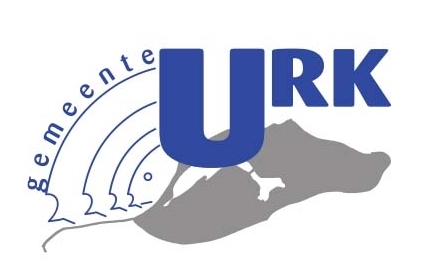17 November 2023
Connect and trust: the role of environment at Lelylijn
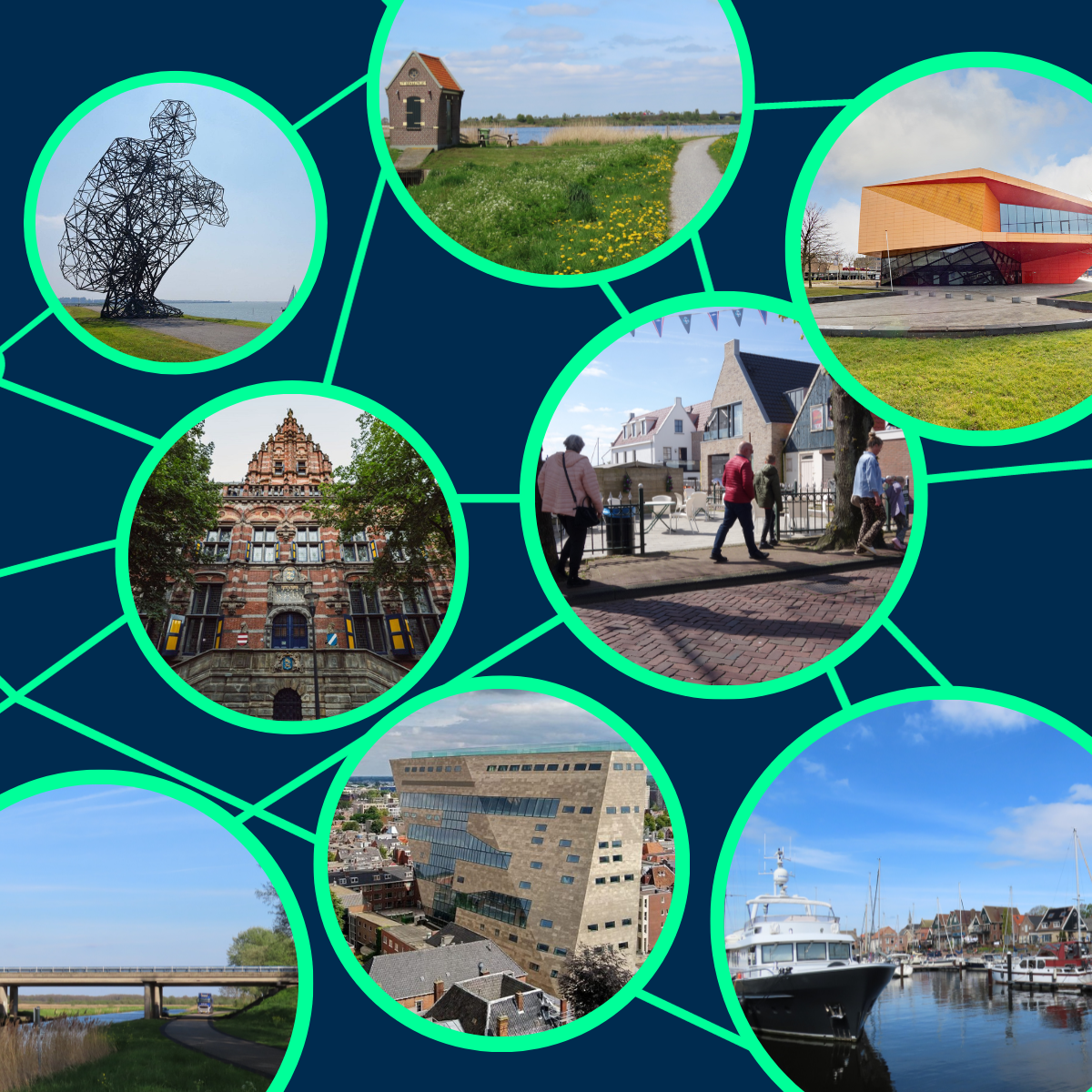
A new rail link needs more than rails, stations, routes and a cost breakdown. Such a large infrastructure project as the Lelylijn is also about uniting interests, understanding the environment and finding common ground. At the heart of project the Lelylijn are environmental managers Daniëlle Meiboom and Wilko Huyink. They tell us why the environment is so important and how they are involving the environment in this major project.
“We want to avoid making decisions in an ivory tower as a project organization,” says Danielle. “Large infrastructure projects like this usually go very hard on content and planning. Before you realize it, you forget about the environment. As environmental managers, we do our best to make sure everyone inside and outside the project can know what’s going on. We want to tell a clear story about the Lelylijn: about the impact, about the research, the results and about the follow-up.” Wilko finds the role of environmental manager a bit elusive at times. “We are about everything and nothing. People sometimes say to me: you don’t think much yourself. But that is also part of our role. We have to be able to look at everything from multiple angles.”
Transparency and trust
Wilko emphasizes that sharing the quest openly is the basis of their work. “I hope people trust us as a project. And that they also trust us as authorities and as people. We want to achieve that by being visible and approachable and having a consistent story.”
Danielle worked for the Zuiderzeelijn project years ago. “We make grateful use of all our experiences and we try to do some things differently. For example, within project the Lelylijn we look at broad welfare and we include the environment in our search at an early stage.”
Listening to concerns and ideas
At the start of the project, more than 11,000 residents shared their ideas and concerns through an online consultation. “We are still working on the results of the consultation. Every response is being read and processed,” Wilko says. Among other things, the results show that better accessibility and a strong economy are considered important. And that the railroad should have as few disadvantages as possible for landscape, nature and local residents.
In early 2023, Wilko and Danielle were invited to a number of municipal and provincial councils. And more requests soon followed. In addition to Wilko and Danielle, the environment team consists of four regional environment managers. They speak with administrators, council and state members, concerned officials, civil society organizations, businesses and residents. “We speak with both proponents and opponents,” Wilko says. The environment team is in the process of setting up an Advisory Council, which can contribute ideas and advice from different perspectives and areas of expertise. “We are looking forward to sitting around the table with experts from different backgrounds. There is also great added value in the interaction between people,” Wilko believes.
Better connected: inside and outside the project organization
The project the Lelylijn has many partners and stakeholders, including the state, provinces and municipalities. “We try to connect all these different layers and make it a little less complicated,” says Wilko. “With that, we also want to keep the conversation going.” Danielle finds it valuable that people with diverse expertise and backgrounds work together. “Tradition, innovation, different interests … it all comes together. The other day we sat around the table with the water board, a layer of government that I didn’t know very well myself. I learned a lot from the way they look at the changing landscape and water. Only by talking openly with each other can you connect and build something together.”
The next six months will bring many survey results. “I expect we’ll be busy the spring and summer of 2024 informing and talking to people,” Danielle said. “We are going to organize rounds of talks and want to explain developments and interim results well.”
To be or not to be Lelylijn?
Although the project is currently in the study phase, the decision whether or not to proceed is fast approaching. The national and regional governments will decide by the end of 2024 whether to start the next phase: the MIRT study. In this phase, there will again be a broad examination of possible alternatives in order to weigh up the possible solutions at the end and determine a preferred alternative.
“It is possible that the Lelylijn will not be there,” Wilko explains. “We strive to show the most complete story either way. What happens if you do choose the Lelylijn? What does it mean? We are not for or against the Lelylijn. We mainly want it to be well thought out. And that an informed and good decision is made next year.”
Want to know more?
Check out the frequently asked questions and answers on our website.
Want to ask a question? Feel free to contact us using the contact form.



